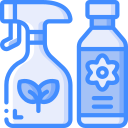
Eco-friendly Cleaning Products: A Comprehensive Guide
Chosen theme: Eco-friendly Cleaning Products: A Comprehensive Guide. Step into a cleaner, kinder way to care for your home with practical tips, tested recipes, and mindful choices that protect your family and the planet.
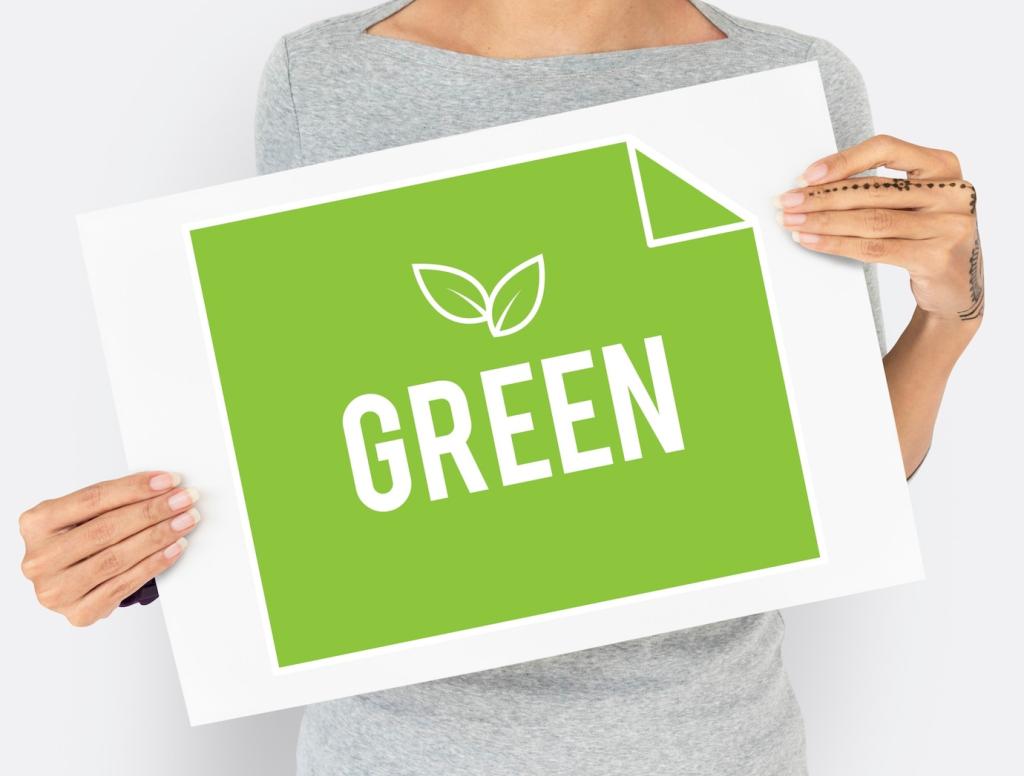

What Makes a Cleaner Truly Eco-friendly
Look for plant-based surfactants, readily biodegradable formulas, and clear disclosure of all ingredients. Products should avoid persistent, bioaccumulative toxins, minimize volatile organic compounds, and keep irritating dyes and synthetic fragrances to an absolute minimum.
What Makes a Cleaner Truly Eco-friendly
Conventional cleaners can contribute to indoor air pollution, skin irritation, and aquatic toxicity after rinsing down the drain. Eco-friendly alternatives aim to clean effectively while reducing harmful residues, fumes, and long-term ecological damage.
Ingredients to Embrace and Avoid
Hero Ingredients for Everyday Messes
Citric acid dissolves limescale, baking soda gently scours, and hydrogen peroxide tackles stains while breaking down into oxygen and water. Plant-derived surfactants lift grease without harsh residues when properly rinsed.
Fragrance Transparency and Sensitive Noses
Choose fragrance-free or products that disclose every fragrance component. Even essential oils can irritate some people, so patch test, ventilate well, and store mixtures in opaque bottles away from heat and sunlight.
What to Limit or Replace
Avoid chlorine bleach and ammonia unless absolutely necessary, and never mix them with acids or each other. Skip optical brighteners, phosphates, and unnecessary dyes that offer aesthetics without meaningful cleaning benefits.
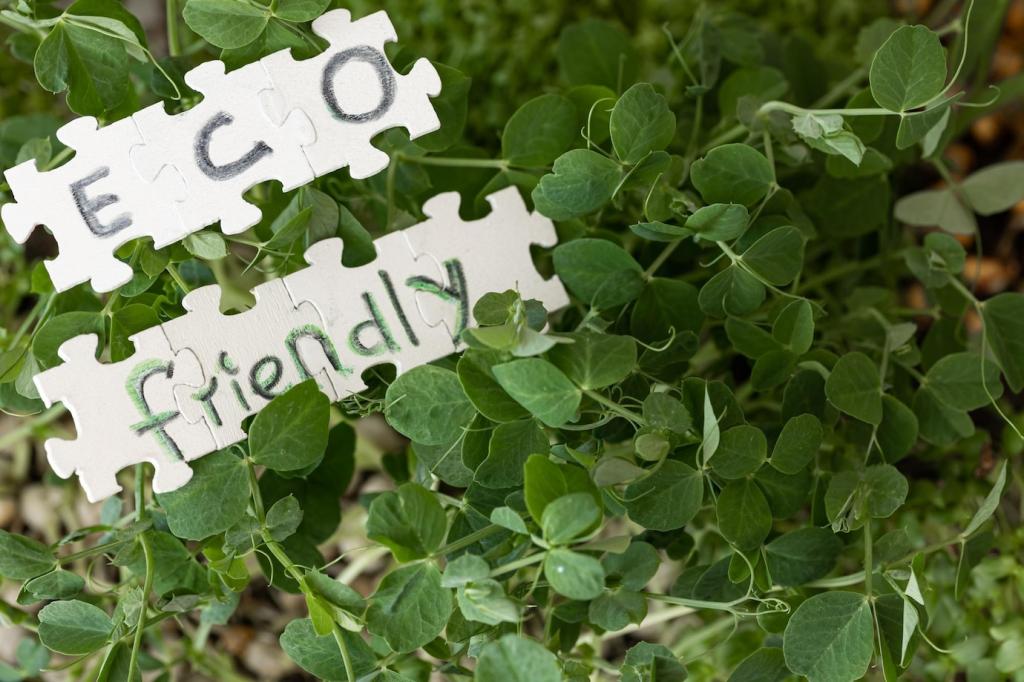
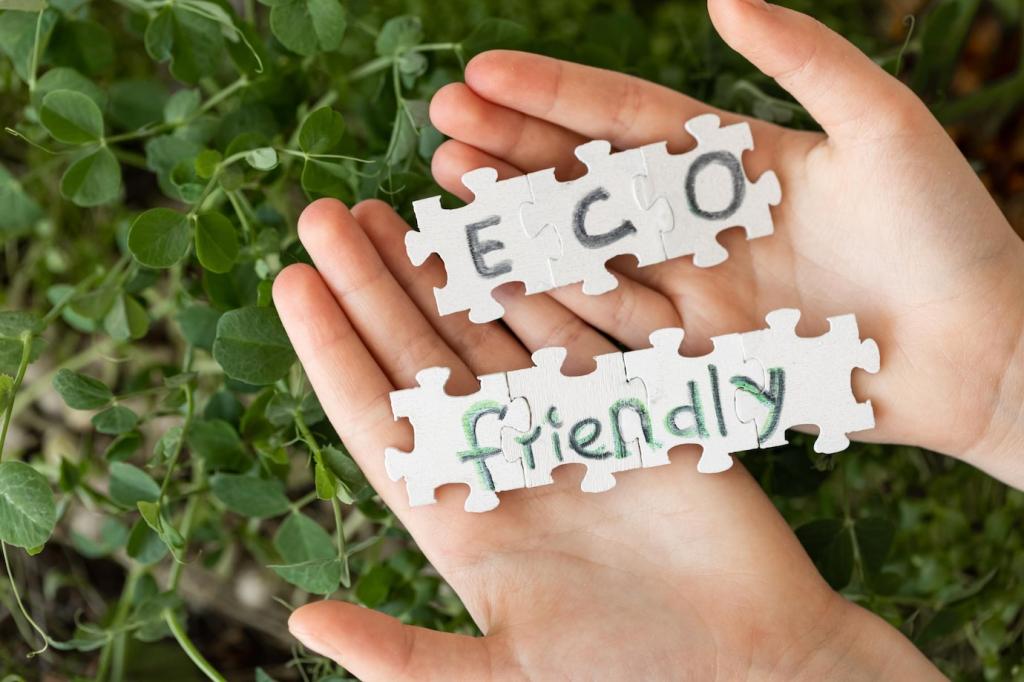

DIY Formulas and Safe Practices
Combine distilled water, a teaspoon of mild castile soap, and a dash of isopropyl alcohol for faster drying. Label your bottle clearly, test on a hidden spot, and never mix with vinegar or bleach.
DIY Formulas and Safe Practices
Make a glass cleaner with equal parts distilled water and white vinegar, plus a small splash of alcohol. Avoid on marble, limestone, or travertine. Use a clean, lint-free cloth and a top-to-bottom squeegee finish.
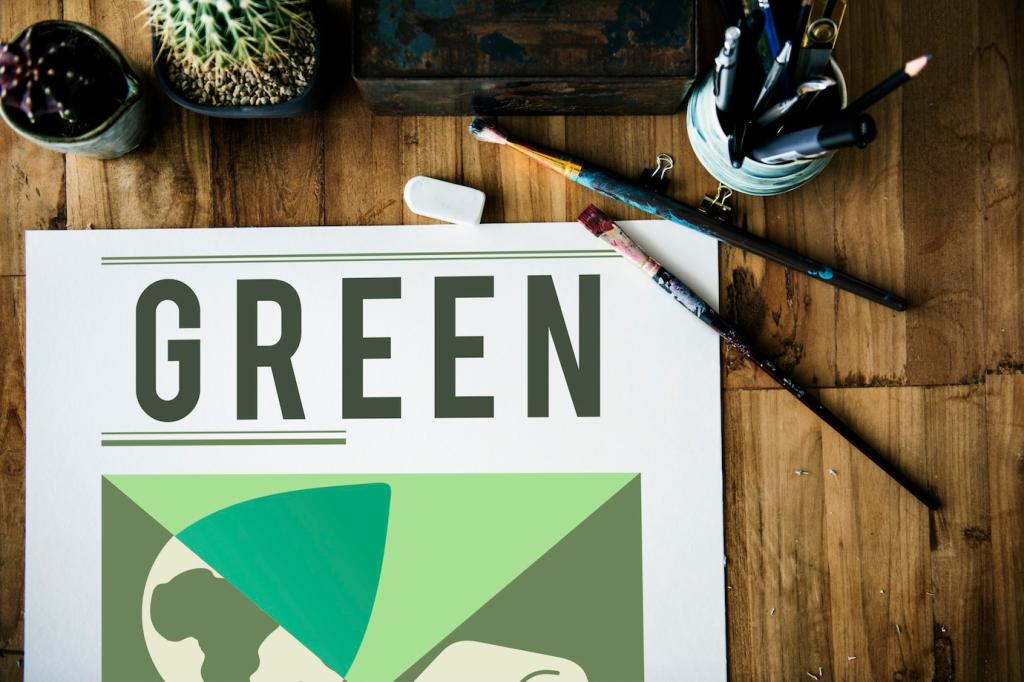
Choose microfiber or high-quality cotton cloths and wash them separately from lint-heavy laundry. Skip fabric softener, air-dry when possible, and dedicate colors to specific tasks to prevent cross-contamination around the home.

Concentrated cleaners reduce shipping weight and packaging. Refill at local stations or buy in bulk, then dilute precisely. A sturdy, labeled spray bottle and measured caps make refilling tidy and consistently effective.

Wipe spills immediately, squeegee shower walls after use, and do a five-minute evening reset. These small actions reduce buildup, cut product usage, and keep deeper cleaning sessions shorter, calmer, and far more sustainable.
Certifications and Smarter Purchasing
Meaningful Marks to Trust
Look for EPA Safer Choice, EWG Verified, EU Ecolabel, or Nordic Swan where available. These frameworks examine toxicity, biodegradability, and performance, offering clearer assurances than generic, unregulated marketing language.
Packaging and End-of-Life Matters
Prefer glass or high-percentage post-consumer recycled plastic, minimal labels, and widely recyclable caps. Reuse spray nozzles, and support brands that publish take-back programs or design for easy disassembly and material recovery.
Budgeting Without Compromise
Compare cost per ounce, consider concentrates, and use DIY for specific jobs. Share bulk purchases with neighbors, and subscribe to updates here to learn about seasonal refills and community swap events in your area.
Water, Waste, and the Bigger Picture
Choose formulas that break down rapidly and avoid harming aquatic life. A reader once wrote that switching detergents helped fish return near their dock, a hopeful reminder that choices ripple outward meaningfully.

Join the Conversation and Keep Learning
What is your most reliable green cleaning trick for a stubborn mess? Comment with your method, tools, and timing so others can test it and report back honestly with their own results.
Join the Conversation and Keep Learning
Should we compare enzyme cleaners, explore reusable paper towel alternatives, or test mineral-based descalers? Cast your vote, and subscribe so you do not miss the outcomes and practical takeaways.
Join the Conversation and Keep Learning
We love hearing about small victories, like rescuing a stained shirt or shining a dull sink without harsh fumes. Send your story, photos, and lessons learned to inspire fellow readers to start today.
